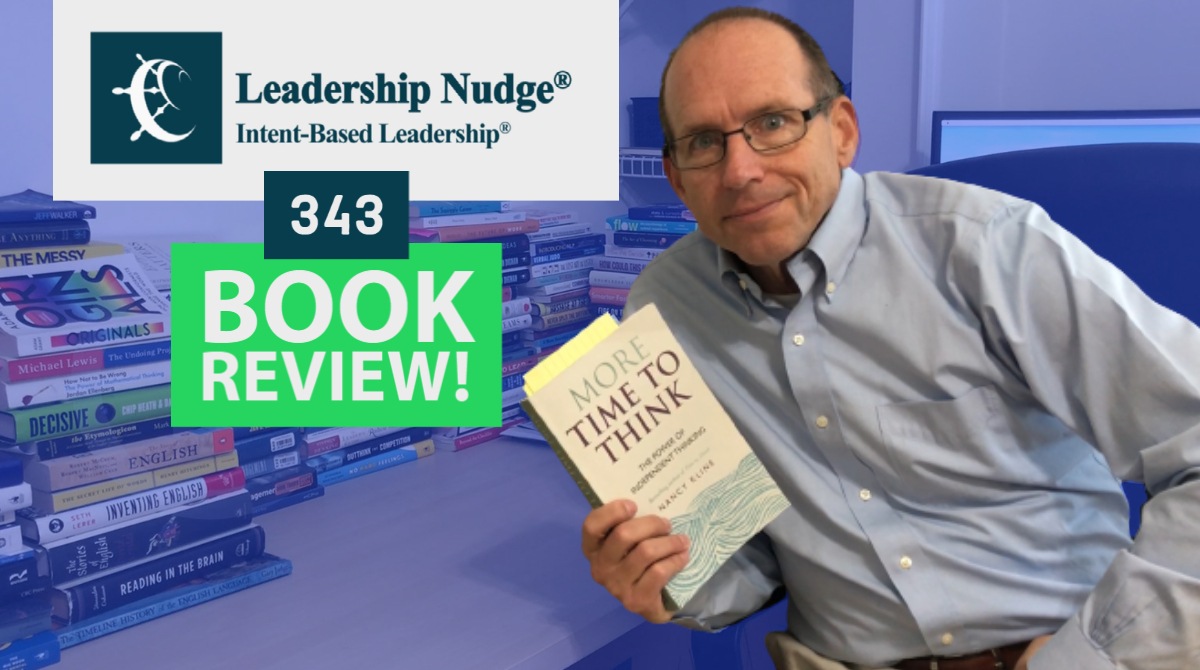In the last six weeks of the IBL blog, we have compared the old plays of the Industrial Age playbook to the new playbook for leaders found in Leadership Is Language. Here’s a recap.
First, we have two different work modes. Redwork is the active production work that benefits from reducing variability and a prove mindset, whereas bluework encompasses the reflective, collaborative thinking processes that benefit from embracing variability and an improve mindset. Within these two modes, there are six leadership plays:
Starting in redwork we transition from to bluework with:
Control the clock, not obey the clock.
Complete, not continue.
While in bluework we:
Collaborate, not coerce, with the goal to:
Improve, not prove.
Transition from bluework back to redwork with:
Commit, not comply.
Now we come to the sixth, the final, and arguably the most important new play for leaders – CONNECT.
Now remember in the Industrial Age, we separated the deciders – salaried leaders – from the doers -hourly payed workers – and that resulted in a whole series of plays that we’ve now gone through: Obey the clock, Coerce, Comply, Continue the work in a Prove mindset, and finally Conform. Bosses of the Industrial Age wanted sterile workplaces devoid of emotions. The best way for leaders to get their teams to comply with their coerced wishes was for everyone to conform to their role in the hierarchy. If you are deciding what others should do, you have to maintain a certain distance from them; connection is counterproductive. The goal of this rule is to prevent friendship from coloring decisions about work assignments and promotions.
What we really want now is Connect. Because we’re making the doers also be the deciders, the workers also be the thinkers and the leaders, in order to make healthy decisions we have to have a healthy emotional state, we need to feel psychologically safe. In order to do that, we have to feel like humans at work. In order to do that we have to feel connected. This is why the final play, which underpins all of these is to Connect.
The connect play is about caring–caring what people think, caring how they feel, caring for their personal goals. Instead of judging from a position of power, we walk alongside from a position of encouragement. This does not mean accepting whatever the person thinks or does. It does not mean shielding them from the consequences of their own behavior, but it does mean removing unnecessary and artificially induced workplace inhibitors to feeling safe. People will not feel cared for if they do not feel safe. People can’t strive for stretch
goals or feel free to say what they think.
The connect play is the antidote to fear.
Connect makes it safe to say what we see and think, even if no one else sees or thinks the way we do, even if we are not 99 percent sure that we’re correct. Connect creates cultural conditions that encourage diversity of thought and variability of opinion.
Connect is a special play in that it does not fit into the sequence of the blue-red-blue cycle. Rather, it is an underlying basic building block that enables all the other plays. The behaviors that support some of the earlier plays help with connect, like observing (pause and invite others observations) and celebrating (complete the work and celebrate), and inviting colleagues to tell their story (human relatedness.) Others are strongly enabled by connect, like creating the feeling of safety that allows everyone to speak up and to let go of the “be good” self (collaborating and improving.)



